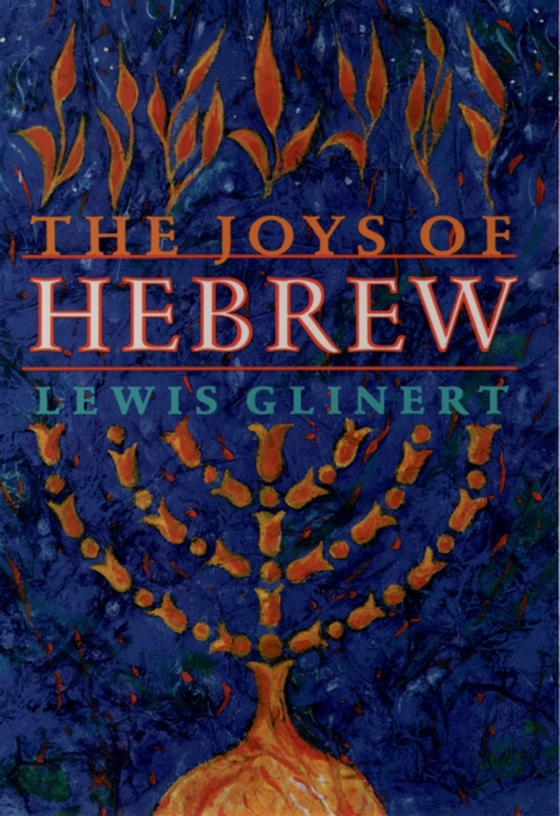
Joys of Hebrew e-bog
280,67 DKK
(inkl. moms 350,84 DKK)
When do you say mazal tov? What is the English equivalent to the Talmudic expression Alya ve-kots ba ("e;a sheep's tail with a thorn in it"e;)? What is a get, a golem, a kibbutz, a chalutz? What four plant species are waved during prayers on the harvest festival of Sukkot? You'll find answers to these questions and hundreds of others--all in clear English--in this remarkable collection...
E-bog
280,67 DKK
Forlag
Oxford University Press
Udgivet
19 november 1992
Genrer
2CSJ
Sprog
English
Format
pdf
Beskyttelse
LCP
ISBN
9780198023814
When do you say mazal tov? What is the English equivalent to the Talmudic expression Alya ve-kots ba ("e;a sheep's tail with a thorn in it"e;)? What is a get, a golem, a kibbutz, a chalutz? What four plant species are waved during prayers on the harvest festival of Sukkot? You'll find answers to these questions and hundreds of others--all in clear English--in this remarkable collection of the best known, most loved Hebrew words and phrases in the English speaking world. From Acharon to Zohar, this informative and often humorous dictionary features over six hundred Hebrew words and expressions arranged in alphabetical order (the Roman alphabet is used throughout, as well as Hebrew head words). The first such guide to Hebrew, this volume is more than a mere lexicon--it is a jubilant celebration of Hebrew itself, a treasure trove of Jewish wit, wisdom, culture, and tradition. Lewis Glinert provides a concise definition of each entry, and then illustrates the word's usage with generous passages from the Bible and the Talmud, the prayers and the sayings of famous rabbis, the razor's edge of Jewish humor, excerpts from the work of Elie Wiesel, Adin Steinsaltz, S.Y. Agnon, Martin Buber, Naomi Shemer and other contemporary writers, folklore from all over the Jewish world, and colorful slices of modern Israeli life. There are words directly related to the practice of religion, such as amida (a prayer said standing, under one's breath, essentially a cry for help--for wisdom, health, peace, prosperity, and so forth) as well as the names of all the Jewish holy days and religious customs; words from everyday Jewish experience, such peot (the long sidecurls customarily worn by the Chasidim); many words familiar from their use in Israel, such as rega (literally, "e;one moment,"e; it is the Israeli equivalent of Mexico's maana) or miluim (army reserve service); and many traditional sayings, such as Tsarat rabim chatsi nechama ("e;A public woe is half a comfort"e;). In addition, Glinert provides at the back of the book an alphabetical list of familiar biblical names in English, Sephardi/Israeli Hebrew, and Ashkenazi Hebrew. This celebration of Hebrew language and culture is a joy to read and to use. Everyone from Bible students to collectors of Judaica, from Woody Allen fans to people planning a journey to the Holy Land, will be delighted by this informative volume.
 Dansk
Dansk

